One such ship, a dive support vessel, was heading for the Tropics and then on to Australia. It had been working for some 25 years in the North Sea and was fitted with a Stal-Levin packaged water chiller.
Whilst working in the North Sea, there was never a need to run all three AC systems on board so they had run only two. The heat transfer fluid in the system had leaked into an unused refrigeration system and had been left for a number of years, so unsurprisingly, the internals of the system had corroded badly and there was evidence of encrusted material.
The vessel would need this third system running before entering the warmer climates of the Tropics and once in Australia would be required by their law to keep crew and workers at a consistent temperature.
Gary Welch, owner of Welch Refrigeration, consulted with Climalife, his refrigerant supplier, to find out if there was anything that could clean the system internally, or if it was going to be a case of fitting new equipment. If the latter, their customer was concerned about the cost of new equipment.
Gary suggested two suitable Climalife products and his customer agreed to give them a go:

- Desoxydant P: An acid detergent for descaling and de-oxidising metallic surfaces in refrigeration systems.
- Dispersant D: Eliminates metallic oxides and encrusted silt usually used in heat transfer systems.
THE WORK:
Gary Welch joined the ship when it docked at Peterhead and worked on the refrigeration system during its voyage to Singapore.
The system pipework was isolated and Desoxydant P was used first. Having consulted the product data sheet before use and then diluting the product, the following pictures show the amount of sludge and encrusted material that was dislodged.

Stal-Levin packaged unit during cleaning |
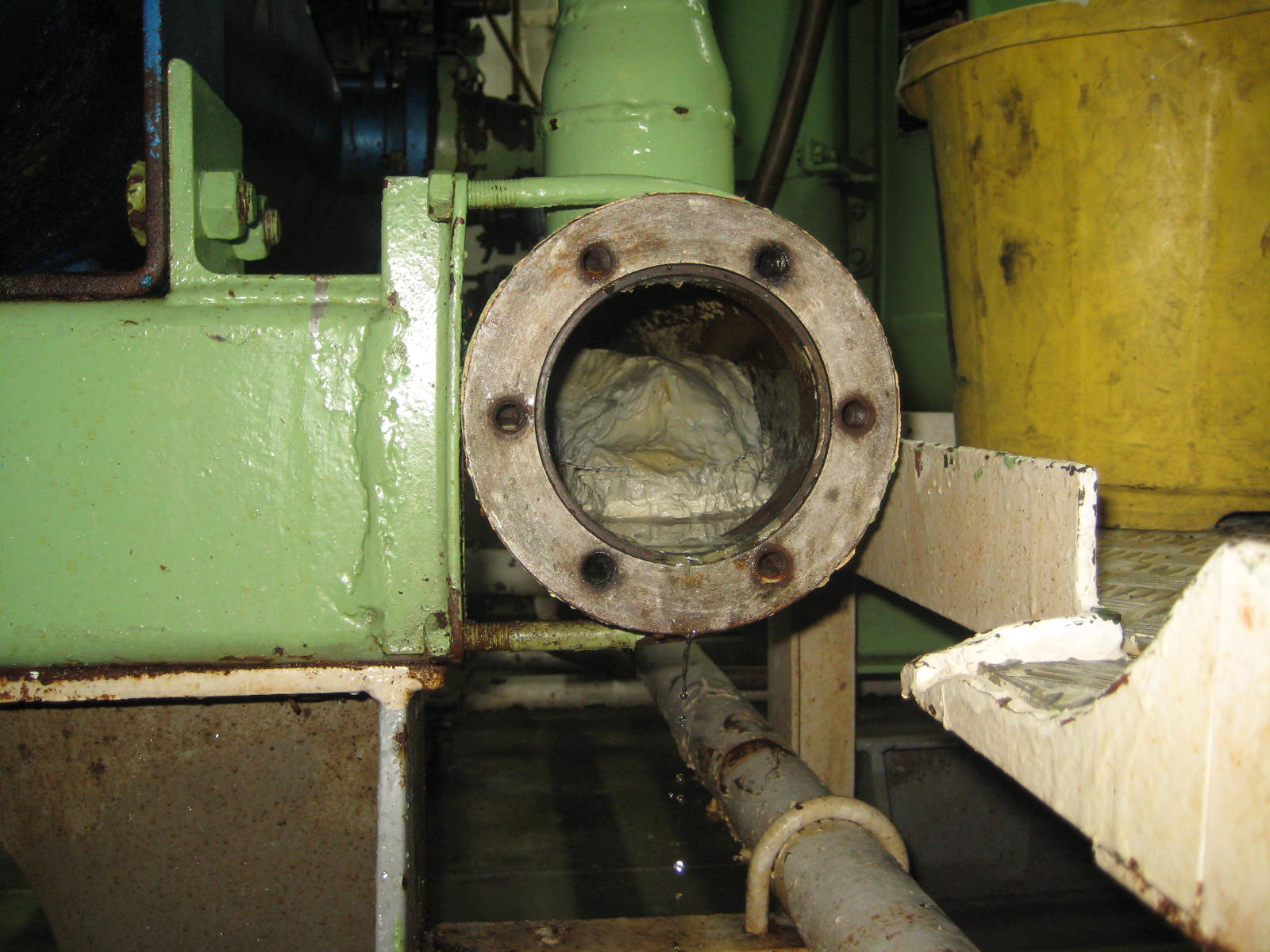
Sludge returning after flushing with Desoxydant P |
The system was then flushed with Dispersant D resulting in the amounts of solid type material, also shown in the pictures.
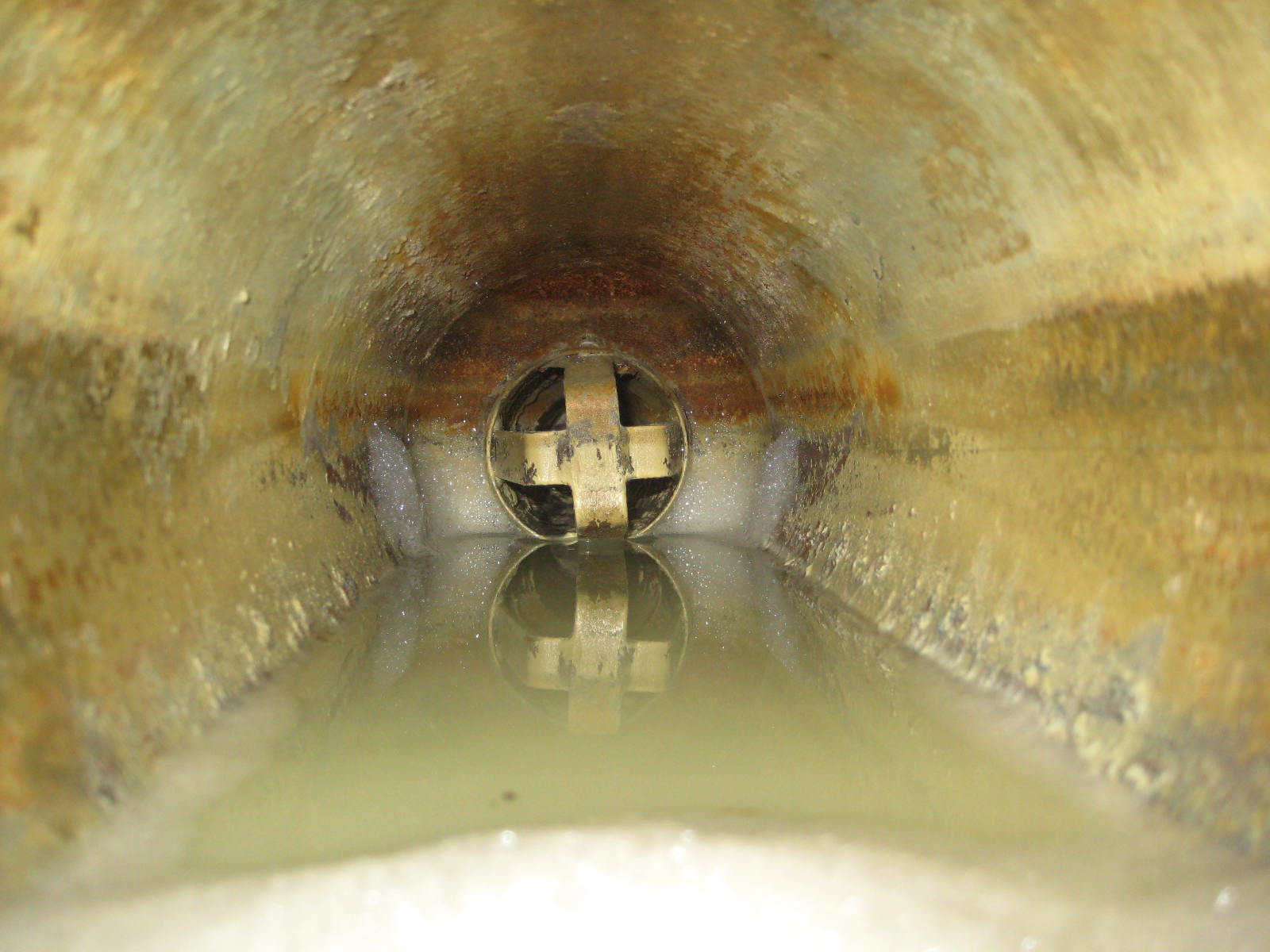
After first clean of surge drum |
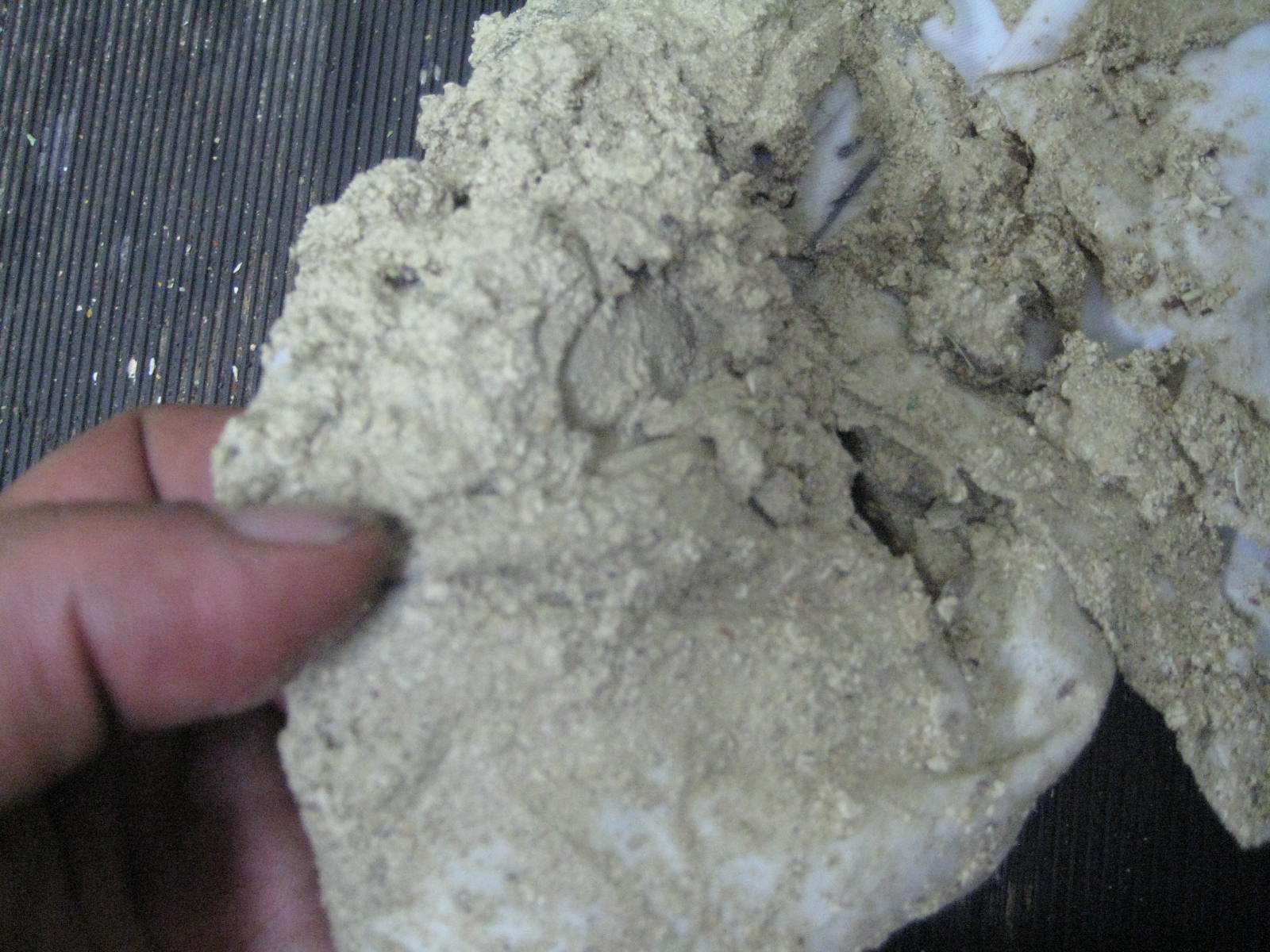
Encrusted material removed |
Generally it is difficult to see what effect some of these cleaning chemicals can have, however Welch refrigeration utilised an internal camera that showed the amount of rust before and after on one particular pipe. Although the photos are a little blurred the effect can still be seen.

Internal Camera showing rust deposits |
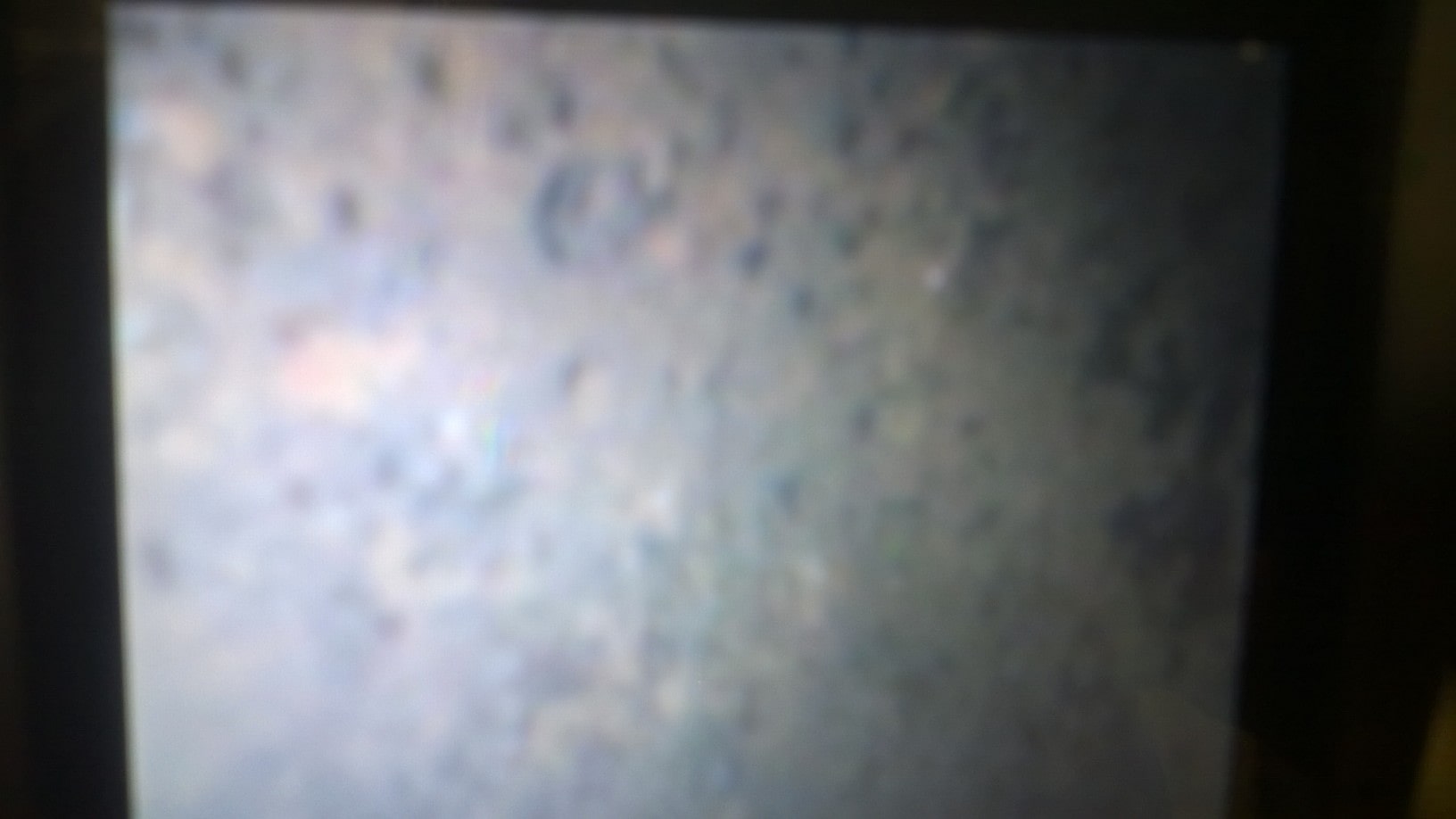
After cleaning |
One particular part of the system that caused Welch Refrigeration a problem was the discharge stop valve, which had rusted solid. The valve was soaked in Desoxydant P for approximately 24 hours; the chemical effect of which can be seen in the before and after photos in this case study. Once serviced, they were then able to re-instate the valve.
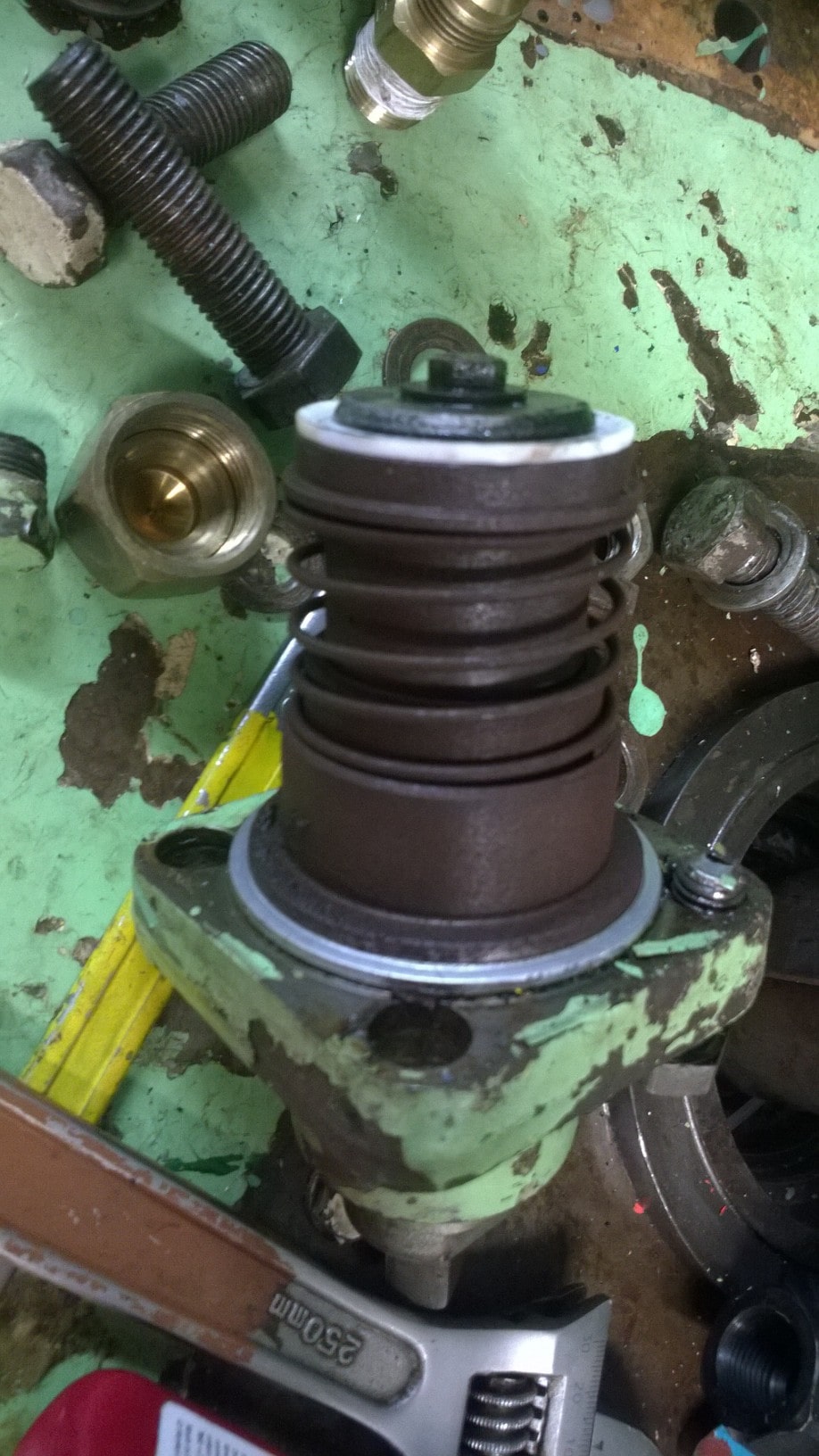
Solidified discharge valve |
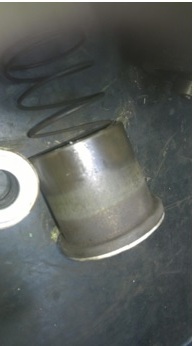
After cleaning |
Please note: These products are generally used in Heat Transfer Fluid systems, but the system to be cleaned was for a badly corroded refrigerant circuit. After cleaning, the system was dried out completely and put onto a complete vacuum before re-introducing refrigerant.
CONCLUSION:
The cleaned system returned to a fully functional state and was back in service in time for the ship to enter the Tropics ready to provide the air conditioning required.

